Megalithic temples, churches, historic buildings, a legendary sink hole and potatoes - Qrendi has it all, but first, you need to master the pronunciation!
Let’s start with a short lesson in Maltese diction. The letter “q” is possibly the most difficult sound in the Maltese language. Master it and you’ll be one of the locals. It’s not a full blown sound, more of a glottal stop, emanating from the very back of the throat. Take a deep breath and launch in.
Don’t worry. Finding the village of Qrendi without sat nav is probably easier, and no one will mind if you can’t pronounce the name correctly. You’ll be welcomed just the same.
Hugging the southwestern coast of Malta, the small village of Qrendi has a history as old as the hills… or at least as old as the oldest free-standing structures in the world. With just 2,700 residents, Qrendi combines ancient history and culture with old world charm and rural beauty. Once a village of fishermen and farmers, Qrendi’s economy is still reliant on the limestone quarries surrounding it, and is known as the potato harvesting capital of Malta.
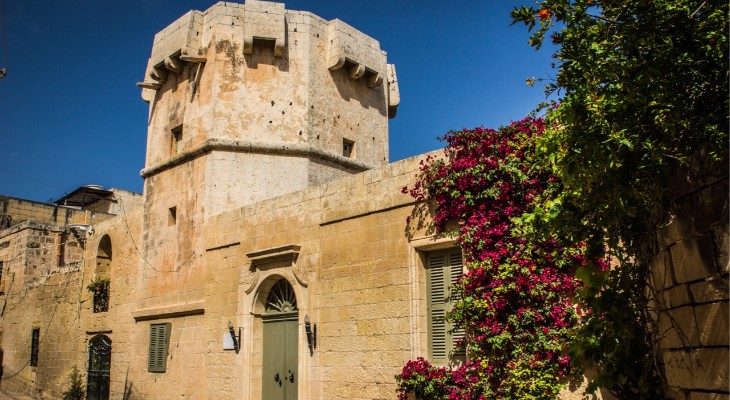
©viewingmalta.com
But before rushing on to visit its most famous attractions, the megalithic temples of Hagar Qim and Mnajdra, don’t skip the chance to take a stroll through the village centre. Among the fine examples of original Maltese architecture you will spot a 17th century windmill and the unique octagonal Cavalier Tower, the former residence of the captain of the Knights of St John believed to be the only surviving medieval tower in Malta.
The Parish Church
Start from the heart of the village. Completed in 1712 to designs by the distinguished Maltese architect Lorenzo Gafa’, the crucifix shaped church sits on the highest point in the village. Over the centuries, several of Malta’s most famous artists and craftsmen have contributed to the embellishment of the church, including Giuseppe Calì, who painted the glorious titular painting. Among the many religious works, look out for one depicting the Santa Maria Convoy, when the severely battered tanker Ohio limped into Grand Harbour on 15th August 1942, the feast of St Mary, bringing much needed supplies to Malta during Operation Pedestal.
Chapels
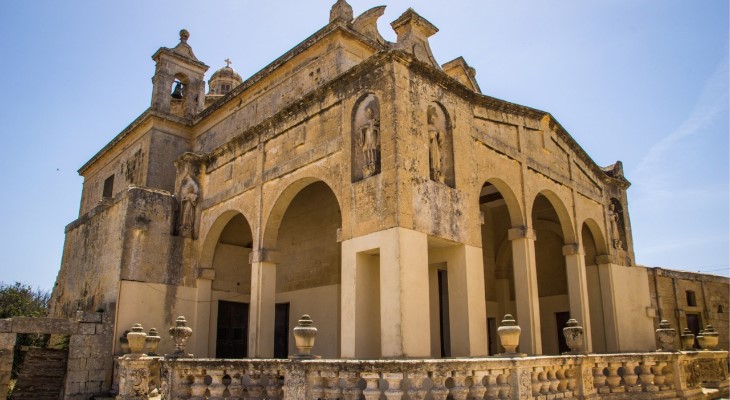
©viewingmalta.com - Sanctuary of Our Lady of Mercy
There are no fewer than six chapels dotted around the village, all pre-dating the parish church. Perhaps the most beautiful is the one dedicated to Our Lady of Mercy, which goes back to medieval times and is greatly revered among the locals. The crypt attached to the larger church of St Matthew is believed to be one of the first chapels to be built after the Muslim domination of Malta in the 13th century. The votive chapel of St Anne was built in thanksgiving for the safe deliverance from the Turkish siege of 1565.
Il-Maqluba
Literally meaning “upturned”, the 6,000m² sinkhole directly behind the chapel of St Matthew is a curious natural phenomenon… or perhaps the work of an angry god. Joking apart, fact or fiction, il-Maqluba has long been the source of speculation and folk tales that have reached legendary proportions. Believed to have been formed during a catastrophic storm in 1343, many speculated that it was really formed by God punishing the dissolute inhabitants of the hamlet there by engulfing it. The angels then threw a fragment into the sea, creating the tiny islet of Filfla. Whatever the story, today the sinkhole’s natural environment is protected and features Malta’s national tree, Sandarac (Tetraclinis articulata), and the endemic Salsola melitensis. It is also the nesting site for the national bird, the blue rock thrush.
Gnien tal-Kmand
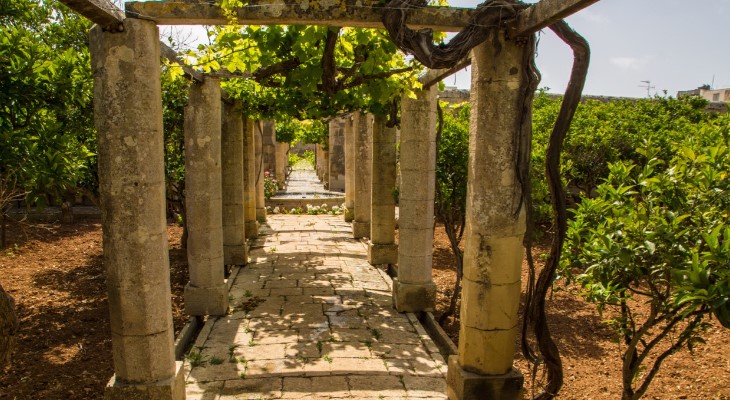
©viewingmalta.com
This small garden was established in the late 19th century by the Civil Commissioner of Malta, Sir Alexander Ball, in the first decade of British rule on the island. Sir Ball was a lover of all things nature and set up a number of gardens in the south of Malta, primarily for his officers to enjoy but also to double up as experimental agriculture centres. New crops were grown and agricultural practices were tested in these gardens, including the introduction of the potato, which years later would become an important export product still very much associated with Qrendi. So much so, that every year the village celebrates the Potato and Agrarian Festival where the humble potato is the star of the show. If you fancy trying potato cinnamon ice-cream or a potato cocktail, head to Qrendi on 27th May.
Wied iz-Zurrieq
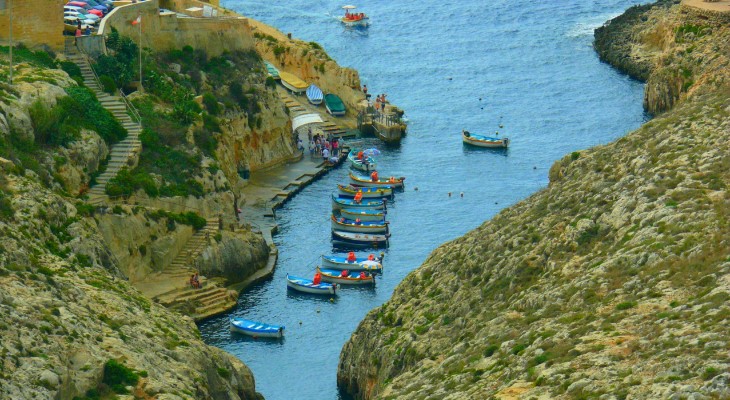
©viewingmalta.com - (Leslie Vella)
The tiny fishing hamlet of Wied iz-Zurrieq lies at the end of a spectacular valley that leads all the way down to the coast, with breathtaking views over the uninhabited islet of Filfla. The watchtower of Sciutu, one of the many coastal lookout posts built by the Knights of St John in the 17th century, stands guard over the now peaceful waters. Wied iz-Zurrieq is a destination in its own right, whether for a picnic on the rocks with the most incredible views, or to enjoy lunch in one of the little local restaurants or a short boat tour to marvel at Blue Grotto. From the rooftop of Sciutu watchtower, you can see two further towers on either side, as well as the prehistoric temple of Mnajdra in the distance.
Hagar Qim and Mnajdra Temples
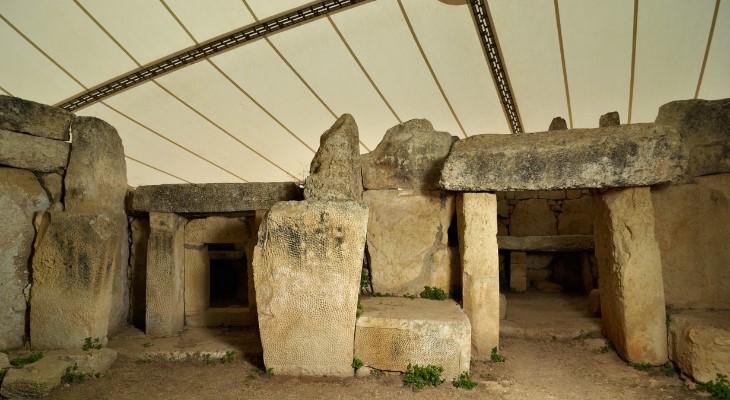
©viewingmalta.com - (Clive Vella)
Qrendi’s claim to fame lies with these two megalithic temples, which pre-date the Egyptian pyramids by 1,000 years. Standing majestically on a hilltop just 2km outside the village, the UNESCO World Heritage Site dates back to between 3,600 and 3,200 BC. A definite must-see at any time of year, they offer a unique spectacle at every solstice and equinox thanks to their incredible astronomical orientation, which makes them perfectly in line with the rising sun only on those particular days.